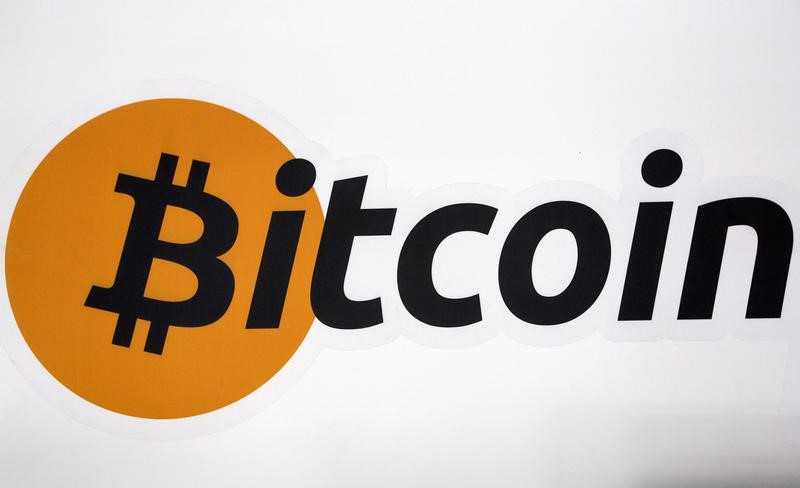Bitcoin Dips to $113,000 Amid Persisting US-China Trade Tensions

Bitcoin fell sharply to $113,000 today as ongoing US-China trade tensions continue to rattle global markets. Investors reacted to renewed geopolitical uncertainty and potential economic disruptions, prompting a wave of risk-off behavior across both traditional and digital assets. The decline underscores the growing sensitivity of cryptocurrencies to macroeconomic developments, challenging the narrative of Bitcoin as a hedge against global instability. Market analysts suggest that while the correction is significant, long-term adoption trends and institutional interest may provide support. Traders are closely monitoring developments in trade relations, which could dictate near-term price movements in the volatile cryptocurrency landscape.
Trade Tensions Weigh on Crypto Markets
The persistent trade friction between the United States and China has cast a shadow over investor sentiment, triggering volatility across multiple asset classes. Bitcoin, often regarded as a digital alternative to traditional stores of value, has not remained immune to these developments.
Today’s drop to $113,000 followed renewed concerns over tariffs, supply chain disruptions, and broader economic slowdown risks. Crypto investors, particularly those with leveraged positions, were quick to reduce exposure, causing sharp liquidations on major exchanges. Analysts note that the reaction reflects cryptocurrencies’ evolving correlation with macroeconomic events, particularly geopolitical uncertainty.
Technical and Market Dynamics
From a technical perspective, Bitcoin’s decline came after breaching key support levels near $118,000. This triggered automated stop-loss orders and margin calls, accelerating the downward momentum. Trading volumes surged as short-term traders sought to capitalize on the correction, while long-term holders largely remained on the sidelines, confident in the asset’s structural growth story.
Ethereum and other major altcoins mirrored Bitcoin’s movement, highlighting the market-wide impact of investor risk aversion. Stablecoins saw increased inflows, with traders seeking temporary safe havens amid heightened volatility.
Macro Factors and Investor Sentiment
The US-China trade standoff has broader implications for global liquidity and investor confidence. Higher tariffs and restricted trade flows could depress economic growth, weaken corporate earnings, and amplify market uncertainty—all factors that influence cryptocurrency trading behavior.
Market sentiment today was clearly risk-averse, with investors reallocating capital to perceived safer assets. While some view Bitcoin as a hedge against inflation or traditional market instability, its short-term performance demonstrates that cryptocurrencies remain sensitive to global macroeconomic developments.
Implications for Long-Term Adoption
Despite the near-term correction, analysts argue that Bitcoin’s long-term prospects remain intact. Institutional adoption, technological advancements, and increasing integration into financial markets provide a structural underpinning that could cushion future shocks.
The current price drop also presents potential entry points for investors with a higher risk tolerance, particularly those seeking to diversify portfolios with digital assets. Market observers emphasize the importance of disciplined risk management strategies in navigating the inherently volatile cryptocurrency landscape.
Outlook: Monitoring Trade Developments
Looking ahead, Bitcoin’s trajectory will be closely tied to developments in US-China trade relations. Any escalation in tariffs or regulatory interventions could prolong volatility, while easing tensions may restore confidence and support price recovery.
For market participants, today’s movement reinforces the dual nature of cryptocurrencies: simultaneously innovative, high-potential assets and highly reactive instruments sensitive to global geopolitical and economic factors. Investors will need to balance short-term market fluctuations with long-term growth prospects as digital assets continue to mature.




